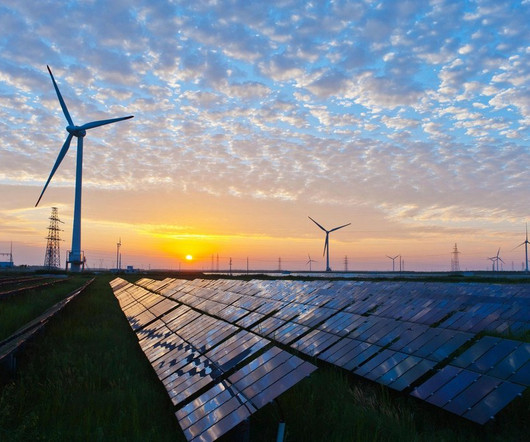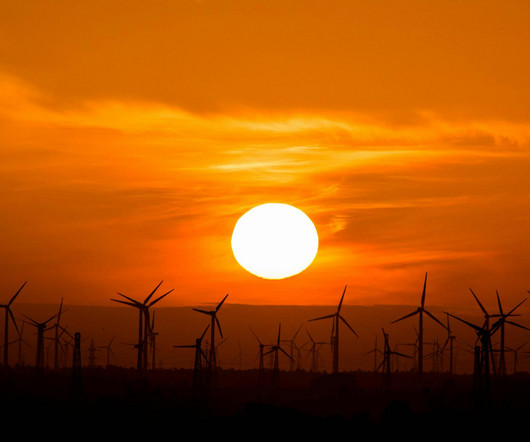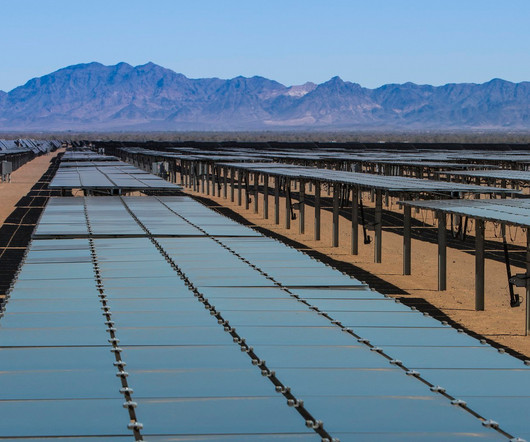Modified SOFC anodes allow operation at lower temperatures with carbon-containing gases; potential for much more efficient and cleaner generation of electricity from coal
Green Car Congress
JUNE 25, 2011
Using barium oxide nanoparticles, a team of researchers led by Georgia Tech has modified the surface of conventional anodes for solid oxide fuel cells (SOFCs) to enable operation at lower temperatures (750 °C) with carbon-containing gases—e.g., gasified coal—by eliminating the coking problem. Click to enlarge.

















Let's personalize your content